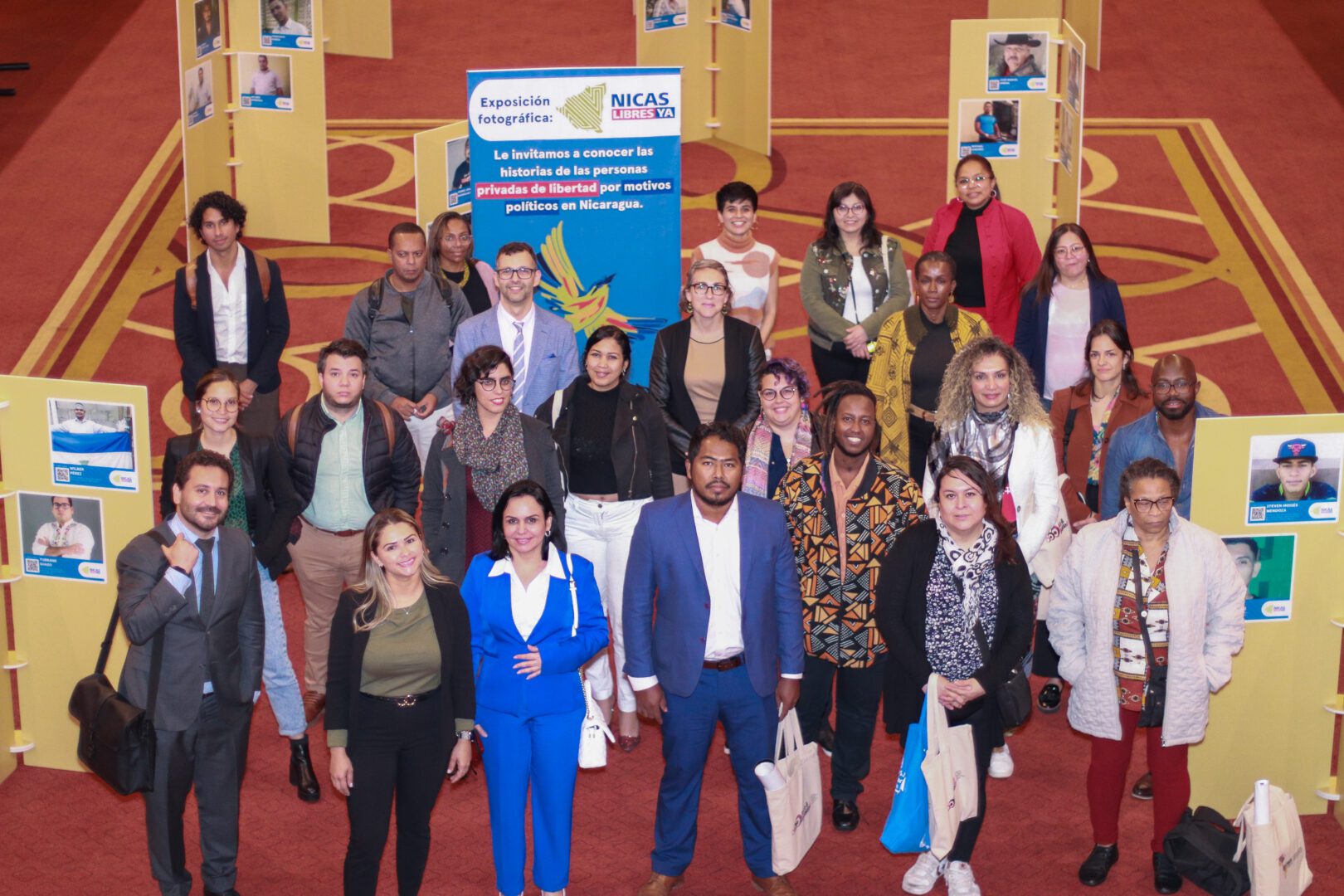Key points of the Cuban Family Code draft, an initiative that will be submitted to a popular consultation on September 25
Washington, D.C., September 12, 2022 – On September 25, Cubans will answer yes or no to the question, “Do you agree with the Family Code?” The population is called to participate in a referendum to discuss the direction of the proposal of the new Family Code, a project composed of 471 articles and which, among its most important points, recognizes equal marriage, the redistribution of domestic work and care, the prevention of gender-based violence, and a number of rights that are aligned with the recognition of diverse families.
The new Family Code is an initiative that emerged after it was established in the Constitution of the Republic of Cuba (which was reformed in April 2019) – the National Assembly of People’s Power should begin the process of popular consultation, within a period of two years, to “figure out a way to establish marriage.”[1]
As a result, the project has generated all kinds of reactions in Cuba, due to the decision of the Cuban State to submit to a referendum, this proposal expands the rights of children and adolescents on the Island, and of other population groups that historically have been victims of violence and discrimination, such as people with diverse sexual orientations and gender identities, women, older adults, and people with disabilities. These rights should be guaranteed without the need for Cubans to approve them; that is to say, the government of this country must work so that these rights are recognized without resorting to a popular consultation or any mechanism of citizen participation. Human rights should not be negotiable or subject to an approval process.
The legal team of the International Institute on Race, Equality and Human Rights (Race and Equality) analyzed the Family Code draft, here are some key points:
- The new bill broadens the concept of the traditional family, consisting of a man and a woman. In this way, the different forms of families are incorporated, recognizing rights for affective de facto unions, regardless of the legal ties that are established.[2]
- It incorporates concrete guidelines to ensure equality between men and women, such as the equitable distribution of domestic work and care work. It also includes the right of women to decide about their own bodies and the full development of sexual and reproductive rights, regardless of sex, sexual orientation and gender identity, or if they are disabled.
- Expands the spaces for participation and decision-making of children and adolescents.
- It incorporates considerations on discrimination and violence in the family, provides the possibility of resorting to the authorities to request protection, and the option of claiming damages caused by this type of aggression. The project foresees sanctions for those who engage in family violence.
- The proposal of the new Family Code expands the bonds of people who constitute kinship and recognizes affection as a determining source. It also establishes the socio-affective bond that is sustained on the basis of a stable relationship over time, which can justify filiation. This extension refers to other articles related to food, family communication, and hereditary vocation.
- It incorporates specific considerations concerning older persons and persons with disabilities, such as foster care, which aims to keep these population groups in a regular social environment or incorporate them into a family environment that facilitates their integration and inclusion.
- This initiative also includes the recognition of adoptive, assisted and socio-affective filiations, it offers the possibility of recognizing the different forms of family that exist in Cuba. It also incorporates the figure of multiparentality, which implies that a person may have more than two filiation bonds, either for original causes, or for overtaken causes. And it establishes the possibility for families to choose the order of their surnames.
- Couples in registered partnerships, regardless of their sexual orientation or gender identity, will have the same right to adopt that married couples have historically had. The possible age to be adopted is also extended to 18 years.
- The project introduces the possibility of using methods of assisted filiation, which is when the fertilization of an ovule is done without sexual union.
- It also regulates the possibility of resorting to gestation solidarity in certain situations, a practice that is currently illegal in Cuba.
- While in the old code marriage is defined as the “voluntary union of one man and one woman,” in this project it is called, “voluntary union of two people.” Children under 18 years of age may not marry.
- This new bill also refers to the parental responsibility that must be assumed by those who have underage children in their care. In the document, the introduction of concepts such as “positive parenting” and aspects such as education for responsible sexuality, non-discrimination and non-violence are highlighted.
- The right of children and adolescents to a digital environment free of violence is incorporated.
- The care of children and adolescents is also addressed, and it is established that grandparents, grandmothers, and other relatives or emotionally close people can also take care of minors.
- This bill includes considerations that promote family communication.
From Race and Equality, we insist that the State of Cuba recognizes the human rights of all the people who reside in its territory, regardless of any popular consultation. It is necessary that the authorities provide guarantees so that Cuban society can grow and develop in an environment in which its rights are fully recognized, without fear or limitations. We demand that the Cuban government comply with its international human rights obligations and guarantee the fundamental rights of its entire population, without discrimination of any kind.
***
[1] Constitución de la República. Preámbulo. Texto disponible en: https://www.gacetaoficial.gob.cu/es/constitucion-de-la-republica-de-cuba-proclamada-el-10-de-abril-de-2019
[2] Proyecto Código de las Familias. Versión 25. Texto disponible en https://www.parlamentocubano.gob.cu/sites/default/files/documento/2022-07/CF%20V%2025-140622%20VF%20%20Para%20ANPP%20%282%29_0.pdf


